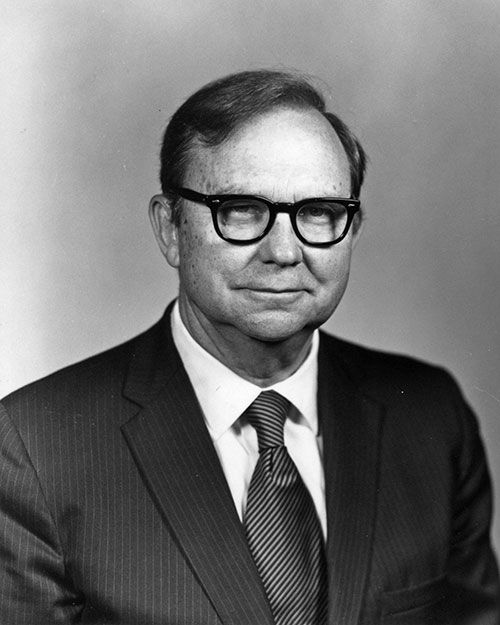About Us

The Williams story began in 1922 when Mr. C. I. Williams graduated from Michigan State College with a degree in Civil Engineering. He initially took a job with the State of Michigan as a bridge inspector, however, it was not long until Mr. Williams realized the industry desperately needed an improved system for pouring concrete. By the late 1920’s he had developed a concept for a detachable concrete forming system, which he called the “Shebolt” system. Mr. Williams quit his job as a bridge inspector, bought some equipment and began manufacturing his new product. He would travel from job to job during the day selling the product, return home and manufacture it that night and deliver to the customer the following morning. By the mid 30’s his product and his business had grown far beyond the one-man operation and in 1937 Williams Form Engineering Corporation was born.
For 20 years Williams continued to supply quality concrete forming products around the country and around the world. As Williams made further advancements in concrete forming technology, it became a leader in supplying the heavy construction industry with materials for use in large concrete projects such as dams, locks, bridges, water and sewage treatment plants. Williams products have been used on such landmark projects as the Hoover and Shasta Dams in the west, most of the lock and dam projects along the Ohio River in the East, The Pentagon, and Michigan’s Mackinac Bridge to name a few.
Soon, the designers of the massive dam projects saw an advantage in moving the diversion tunnels and the powerhouses underground. With this design came the need for another product, roof support systems. Williams began designing and manufacturing the “Spin-Lock” rock bolt line for use in tunnel rock reinforcement. The rock bolt line continued to develop and expand, soon finding additional markets in slope stabilization, foundation anchoring and anchor attachments.
Further advancements in anchoring would soon lead the market to ultra high strength tensioning bars. To respond to the need, Williams developed their 150 KSI All-Thread-Bar which today is used throughout the Williams product line, including Williams’ MCP (Multiple Corrosion Protection) prestressed grout bonded anchors. The 150 KSI All-Thread-Bar also became popular in other markets, such as in pre-cast/post-tensioned concrete bridges, keeping Williams involved in bridge construction whether they were poured in place or pre-cast projects.
Before long, customers using Williams 150 KSI All-Thread-Bar began asking Williams to manufacture another all-thread bar to compete with conventional threaded rebar. Williams immediately went to work on what eventually became the Williams Grade 75 All-Thread Rebar system. A fully threaded bar which meets the ASTM 615 standard specification for rebar and was completely usable as a fastening system. The Williams Grade 75 All-Thread Rebar system has become extremely popular for rebar, rebar substitutes, soil nails, dowels, micro piles and prestressed anchors.
In the early 2000’s, Williams added a self-drilling, hollow bar to it’s anchoring lineup. The Geo-Drill Hollow Bar anchoring system allows drilling with the anchor bar acting both as a drill rod and a ground anchor. A drill bit is attached to the bar and stays in place once the anchor has reached its final depth.
Today, Williams Form Engineering is a world renown leader in anchoring technology supplying chemical, grouted and mechanical anchors for virtually any kind of strata from soil to rock or concrete. Bars are available with diameters ranging from 1/2″ to 3-1/2″ and lengths all the way up to 50 feet, with grades ranging from 75 KSI all the way up to 150 KSI.
To this day, Williams is still proudly family owned and four generations strong. We operate six manufacturing plants and two warehouses throughout North America and believe “Customer Service” is still the way to do business. We invite everyone involved in concrete construction and ground anchoring to give us a call and let us show you the way Williams believes business is suppose to be done!




















